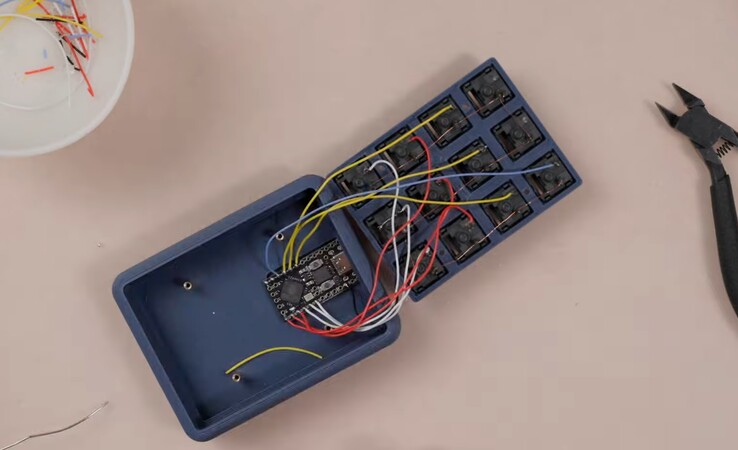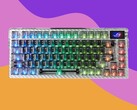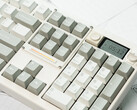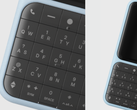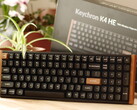Joe Scotto, a keyboard modder and designer, has something of a reputation for building bizarre, quirky, and unorthodox mechanical keyboards and macro pads, but his latest creation is, by his own admission, "a meme build." Scotto has effectively created a 12-key — a 3×4 grid — custom macro pad and programmed the firmware to mimic the functionality of T9 keyboards found in early feature phone designs.
Despite the "meme build" label, Scotto seems to have put a lot of thought into the design, even going so far as to design the case and keycaps to be comfortable to hold — the intention is to be typing with your thumbs, after all. The ScottoT9, as he has called it, features a pretty basic 3D printed case, with four stand-offs to hold the PCB and plate assembly in place, standard 5-pin MX-style mechanical switches, and a Arduino Pro Micro RP2040 controller running open-source QMK firmware.
Instead of using hot-swap sockets typically found in mechanical keyboards, like the Epomaker Galaxy 68 we recently reviewed, the ScottoT9 is entirely hand-wired, and because there are so few keys to wire to the controller, the build is a pretty simple diodeless affair.
Tippy-tappy T9 typing with QMK Tap Dance
While keyboards like the tiny Epomaker TH40 we recently reviewed are limited thanks to their size, typing on a T9 keyboard is an entirely different experience, requiring multiple taps of a key in rapid succession in order to register a key. While T9 keyboards typically found on most old-school phones relied on autocorrect, Scotto declined this route, likely due to the added complexity that would be involved in implementing advanced features like that. Instead, Scotto programmed the ScottoT9 with QMK firmware and used the open-source firmware's Tap Dance features to enable entering symbols using multiple taps of a key to enter the corresponding keystrokes. Meanwhile, entering numbers or enabling shift requires holding down a key for a minimum time period.
After programming the T9 mechanical keyboard and testing that everything was working correctly on a hardware front, Scotto goes on to test typing on the T9 keyboard, reportedly getting up to a typing speed of around 20–25 words per minute — the way symbols are set up seems particularly complicated. The fact that QMK can be manhandled to achieve something like the ScottoT9 is impressive, but even Scotto seems to realise that the main attraction of this project is the novelty behind it.
Joe Scotto has also published free plans and a build guide for the ScottoT9 on GitHub, but you can also purchase the 3D-printed case and keycap bundle for $39.99, as well as the RP2040 Pro Micro controller from his online store for $11.99. You'll still need to provide your own switches and have a soldering station, like the Hakko FX888DX-010BY Digital Soldering Station (curr. $121.92 on Amazon).





